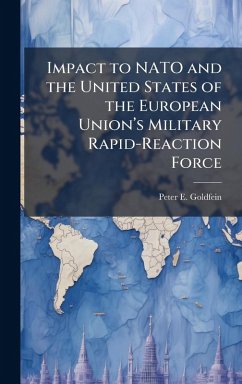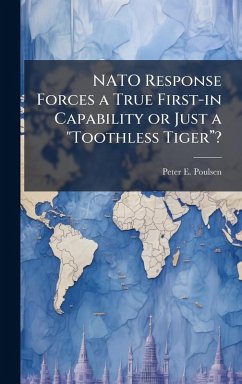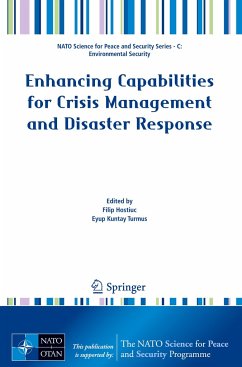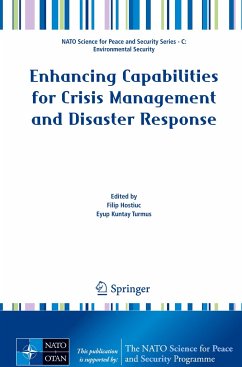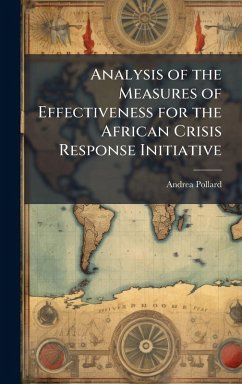
Does the NATO Decision Process Support the Rapid Response Capabilities of the NATO Response Force?
Versandkostenfrei!
Versandfertig in über 4 Wochen
25,99 €
inkl. MwSt.
Weitere Ausgaben:

PAYBACK Punkte
13 °P sammeln!
The end of the Cold War ushered in a new security environment, one that was more diverse, and more dynamic than the previous 50 years. In the years since the end of the Cold War, NATO has worked to transform its missions, streamline its military command and upgrade its capabilities. However, the political decision making process within NATO has stayed static, despite the changes and evolution in the security environment since the founding of the Alliance.The current decision-making process works well in clear-cut, controversy-free issues such as humanitarian efforts. While, NATO successfully a...
The end of the Cold War ushered in a new security environment, one that was more diverse, and more dynamic than the previous 50 years. In the years since the end of the Cold War, NATO has worked to transform its missions, streamline its military command and upgrade its capabilities. However, the political decision making process within NATO has stayed static, despite the changes and evolution in the security environment since the founding of the Alliance.The current decision-making process works well in clear-cut, controversy-free issues such as humanitarian efforts. While, NATO successfully activated the NATO Response Force (NRF) for the first time in response to the earthquake in Pakistan, it isn't clear that the decision process will work that well in a controversial crisis. While several proposals exist to transform the decision process, each has its weaknesses and there does not seem to be the political will to implement them. Additionally none of the proposals examined appear to decreases the process timeline.The speed with which NATO could respond to a crisis will remain dependent on political factors. This work has been selected by scholars as being culturally important, and is part of the knowledge base of civilization as we know it. This work was reproduced from the original artifact, and remains as true to the original work as possible. Therefore, you will see the original copyright references, library stamps (as most of these works have been housed in our most important libraries around the world), and other notations in the work. This work is in the public domain in the United States of America, and possibly other nations. Within the United States, you may freely copy and distribute this work, as no entity (individual or corporate) has a copyright on the body of the work. As a reproduction of a historical artifact, this work may contain missing or blurred pages, poor pictures, errant marks, etc. Scholars believe, and we concur, that this work is important enough to be preserved, reproduced, and made generally available to the public. We appreciate your support of the preservation process, and thank you for being an important part of keeping this knowledge alive and relevant.



